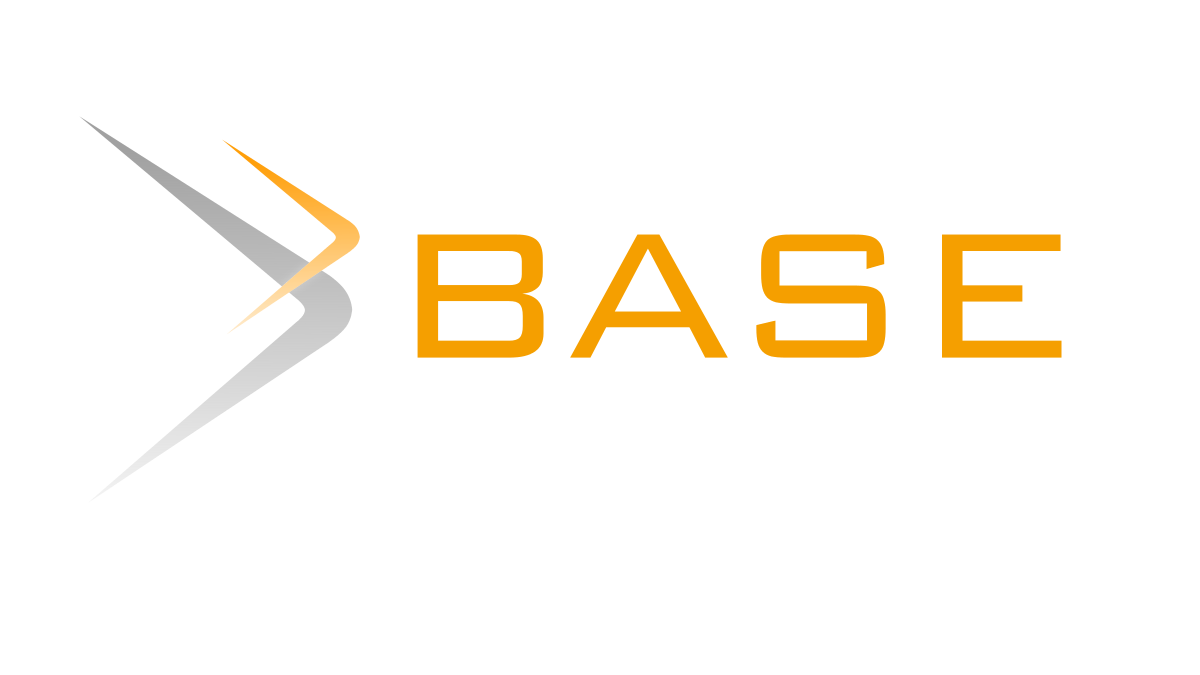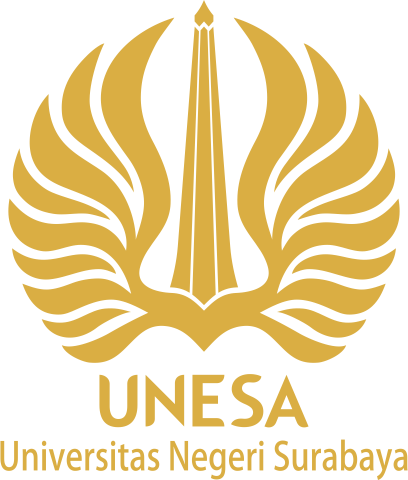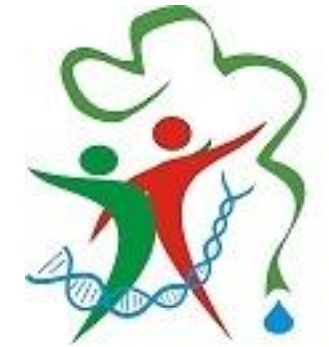Implementation of Blended Learning using Schoology On the Topic of Invertebrate to Improve Student Learning Outcomes
DOI:
https://doi.org/10.26740/jipb.v1n1.p24-34Keywords:
Blended learning, schoology, invertebrateAbstract
Invertebrate is a very wide topic, that includes approximately eight phyla. Problem in teaching this topic is the limitation in time to achieve many learning indicators. The alternative efforts to overcome this problem is by implementing the blended learning. Blended learning is a kind of learning that combines face-to-face learning in the classroom and online learning that can be conducted everywhere. This study aimed to evaluate the learning process of blended learning using Schoology, student responses and students learning outcomes of invertebrate material through blended learning using Schoology. This research was conducted by involving 33 students of Grade X by using one group pre-test and post-test design. Data obtained were learning process based on lesson plan and student activities, student responses as well as students learning outcomes. Instruments used were observation sheets, responses questionnaires, as well as pretest and posttest sheets. The data of learning process and student activities were analyzed descriptive-quantitatively. Data of learning outcomes were analyzed based on learning mastery and gain score. The results of this study indicated that learning process of both face-to-face learning and online learning were very successful, students also gave very good responses to the implementation of blended learning. In addition, its proven that the implementation of blended learning can improve the student learning outcomes significantly.
References
Arikunto, S. 2010. Prosedur Penelitian Suatu Pendekatan Praktik. Jakarta: Rineka Cipta.
Austria, M. M., Dasig, D. D. and Valderama, A. M. 2015. Exploratory Study on Learner-Driven Blended learning Environment (online). Proceeding Journal of Education, Psychology and Social Science Research. www.e-jounaldirect.com.
Brook, J. Dan Upitis, R. 2015. Can an online tool support contemporary independent music teaching and learning?. Music Education Reseach. 17(1): 34-47.
Chen, C.C and Jones, K.T. 2007. Blended Learning vs. Traditional Classroom Settings: As-sessing Effectiveness and Student Perceptions in an MBA Accounting Course. The Journal of Educators Online. 48 (1): 1-15
Cho, M.H and Tobias, S. 2016. Should Instructors Require Discussion in Online Course? Effect of Online Discussion on Community of Inquiry, Learner Time, Satisfaction and Achievement. International Review of Research in Open and Distributed Learning. 17(2): 124-142
Eryilmaz, M. 2015. The Effectiveness of Blended learning Environments. Contemporary Issues In Education Research 4th Quarter Journal. 8( 4): 251-256.
Farlane, D.A. 2011. A Comparison of Organizational Structure and Pedagogical Approach: Online versus Face-to-face. The Journal of Educators Online. 8 (1): 1-43
Geng, G. 2011. Investigation of Teachers Verbal and Non-verbal Strategies for Managing Attention Deficit Hyperactivity Disorder (ADHD) tudentsBehaviours within a Classroom Environment. Australian Journal of Teacher Education. 36(7): 17-30.
Geraci, L., dan Cabe, D.P. 2006. Examining the basis for illusory recollection: The role of remember/know instructions. Psyconomic Bulletin& Review. 13(3): 466-473
Hsu, P.S., Dyke, M.V, dan Chen, Y. 2015. Examining the Effect of Teacher Guidance on Collaborative Argumentation in Middle Level Classrooms. Research in Middle Level Education. 38(9): 1-11.
Jaleel, S. Dan Vergins, M.A. 2015. Knowledge Creation in Constructivist Learning. Universal Journal of Educational Research 3(1): 8-12.
Kilic, D. 2016. Pre-service Teachers Conceptual Structures and Reasoning Patterns on Animal Classification. Universal Journal of Educational Research 4(4): 830-841.
Litasari, K. N., Setiati, N. dan Herlina, L. 2014. Profil Pembelajaran Biologi Berbasis Laboratorium dan Implikasinya terhadap Hasil Belajar Siswa di SMA Negeri Se-Kabupaten Semarang. Unnes Journal of Biology Education. 3(2): 172-179
Okaz, A. A. 2015. Integrating Blended learning in Higher Education. Procedia Social and Behavioral Sciences. 186: 600-603
Putri, M. A., Jampel, N. dan Suartama, K.I. 2014. Pengembangan E-Learning Berbasis Schoology pada Mata Pelajaran IPA Kelas VIII di SMP Negeri 1 Seririt. Journal Edutech Universitas Pendidikan Ganesha Jurusan Teknologi Pendidikan Ganesha Jurusan Teknologi Pendidikan. 2(1):1-11.
Sicat, A. S. 2015. Enhancing College Students Proficiency in Business Writing Via Schoology. International Journal of Education and Research. 3(1):160-178.
Suana, W., Maharta, N, Nyeneng, I.D.P., 2017. Design and Implementation of Schoology-Based Blended Learning Media for Basic Physics I Course. Jurnal Pendidikan IPA Indonesia, 6(1).
Tara, S.N dan Bindu, R.L. 2015. Effect of blended learning strategy on achievement in Biology and social and environmental attitude of Students at secondary level. i-managers Journal on School Educational Technology. 11(4): 39-52
Wai, C.C dan Seng, E.L.K. 2015. Measuring the effectiveness of blended learning environ-ment: A case study in Malaysia. Education and Information Technologies. 20 (3): 424-443.
Xu, Y.D., Meyer, K.A., and Morgan, D. 2008. Piloting a Blended Approach to Teaching Statistics in a College of Education: Lessons Learned. The Journal of Educators Online. 5( 2): 1-20
Yapici, I. U. dan Akbayin, H. 2012. High School Srudentss Views on Blended Learning. Turkish Online Journal of Distance Education. 13(4):125-139.
Downloads
Published
Issue
Section
License
Copyright (c) 2020 Jurnal Inovasi Pembelajaran Biologi

This work is licensed under a Creative Commons Attribution 4.0 International License.
 Abstract views: 566
,
Abstract views: 566
, PDF Downloads: 479
PDF Downloads: 479






